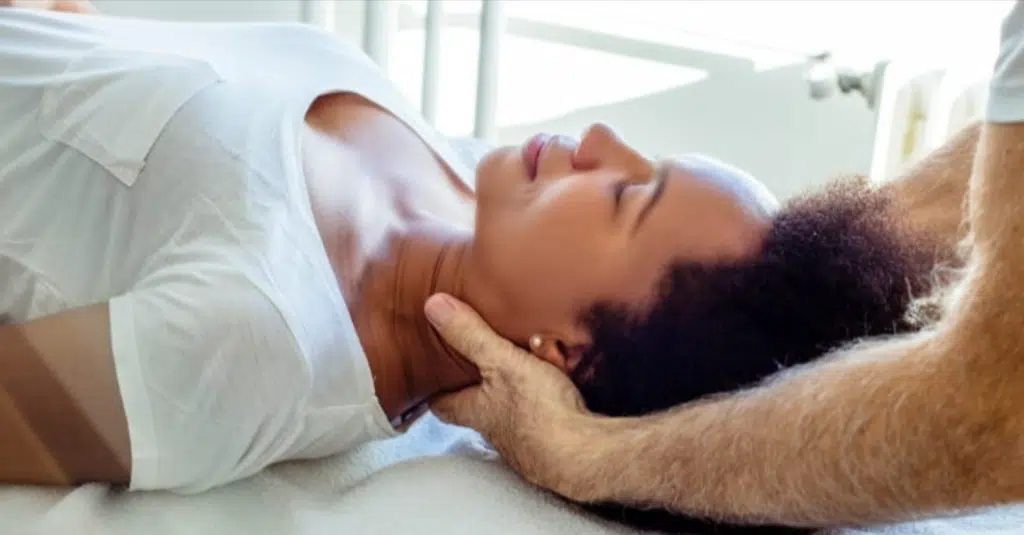“What can chiropractors do for headaches?” is a common question. Consider what a patient would anticipate from chiropractic treatment for headaches to get an answer to this issue.
Previously, we looked at the distinctions between tension headaches, migraine headaches, and dangerous headaches. These three headaches are distinguished from the patient’s medical history and physical examination.
Patients receive forms containing biographical information, such as name and address, insurance type, HIPAA form details, medical history, current prescription list, family medical history, and current habits. Surveys concerning headaches are evaluated and compared to future scores to help measure the percentage of change in the problem.
Pre-Headache Symptoms
The absence of nausea or vomiting distinguishes between a tension headache and a migraine headache. Pre-headache symptoms include flashes of light in your vision, numbness or tingling, or any other “hint” that a migraine is about to occur. To prevent migraines from developing or worsening, pre-migraine chiropractic therapy is necessary. Unlike tension-type headaches, which often affect both sides of the head, migraines tend to just affect one side. A patient’s past medical history may also provide clues regarding possible headache triggers. These triggers include scents or certain foods (such as chocolate, almonds, and spicy cuisine). This information might lead to therapy suggestions focused on nutrition.
Chiropractor Examination
Patients’ posture, head carriage, skin color/moisture, and pushing on muscles are all part of the physical examination. Muscle test checks for spasm/tightness, temperature/moisture, and pain localization or radiation. Movements of the head and neck in “orthopedic tests” are to lessen, recreate or exacerbate symptoms to determine the cause of discomfort. There are tests to determine which motions cause or alleviate discomfort in the neck. There may be patches of the skin on the head that are more sensitive or less responsive to touch during a neurological exam, which measures reflexes, muscular strength, and sensitivity (numb). It is possible to see the blood vessels at the back of the eyes, which is a unique spot to look for signs of high blood pressure and other health issues, such as diabetes and increased head pressure. The neurological evaluation may also include a cranial nerve exam.
Headaches and Chiropractor – Conclusion
Once the source of your headaches is determine its time to get to work providing pain relief! Methods include exercise, traction, electrical current, ultrasound, stress reduction techniques, and dietary advice. Spinal manipulation and mobilization (in the neck and/or upper back) are also very effective ways to treat headaches.
So if you are suffering from headaches in North Dallas we hope you will contact us or schedule an appointment online. Better yet just walk in and we will see you today!



